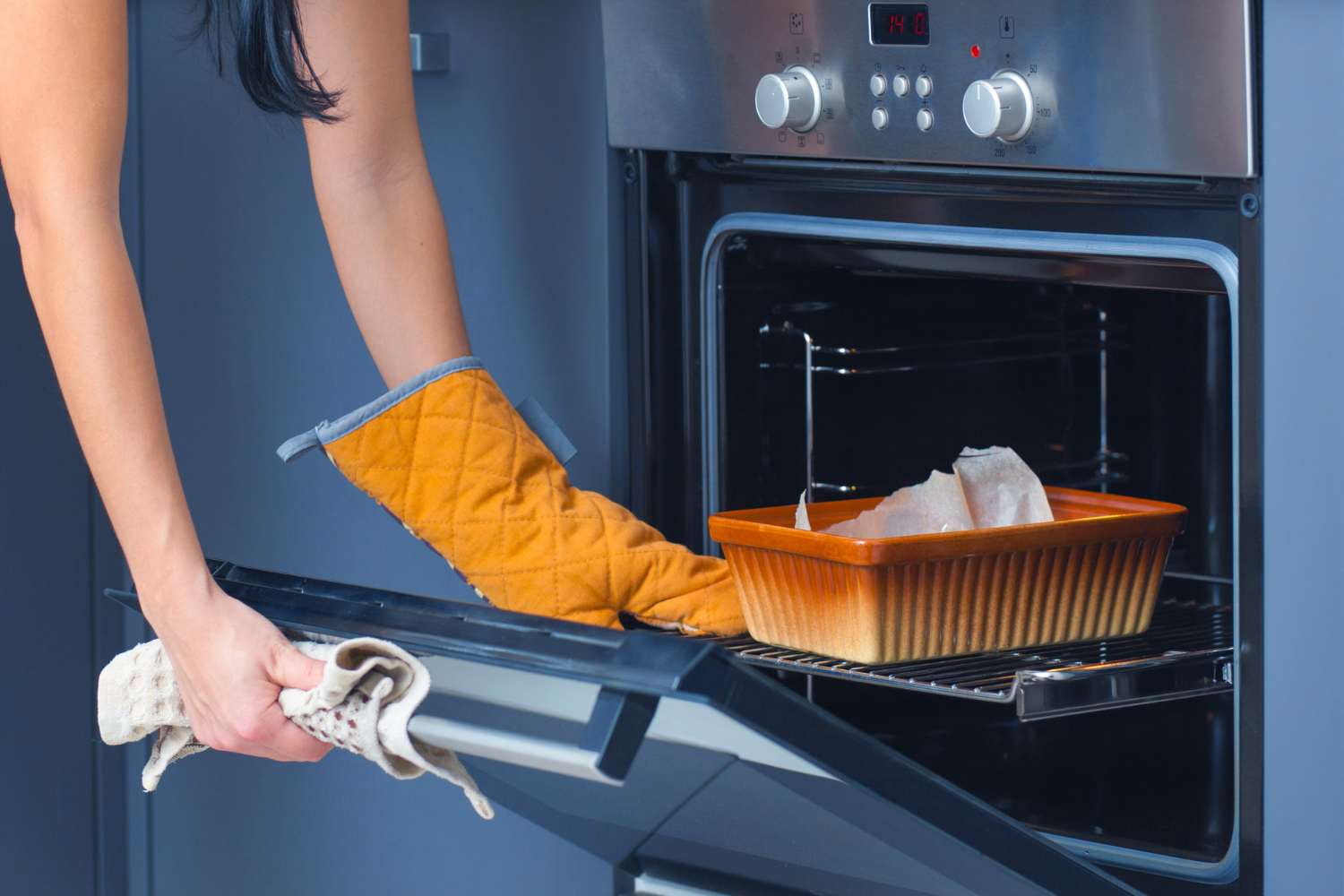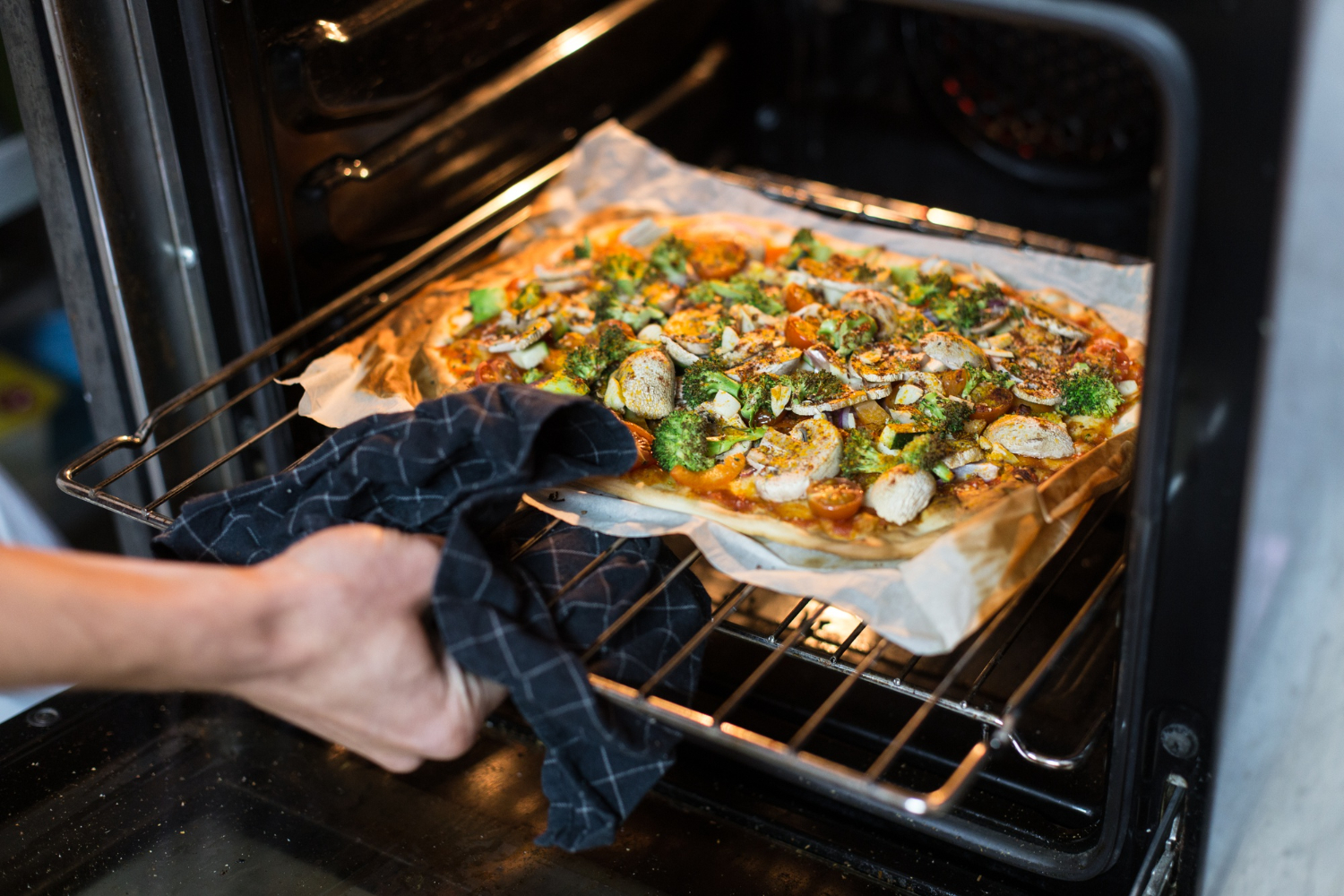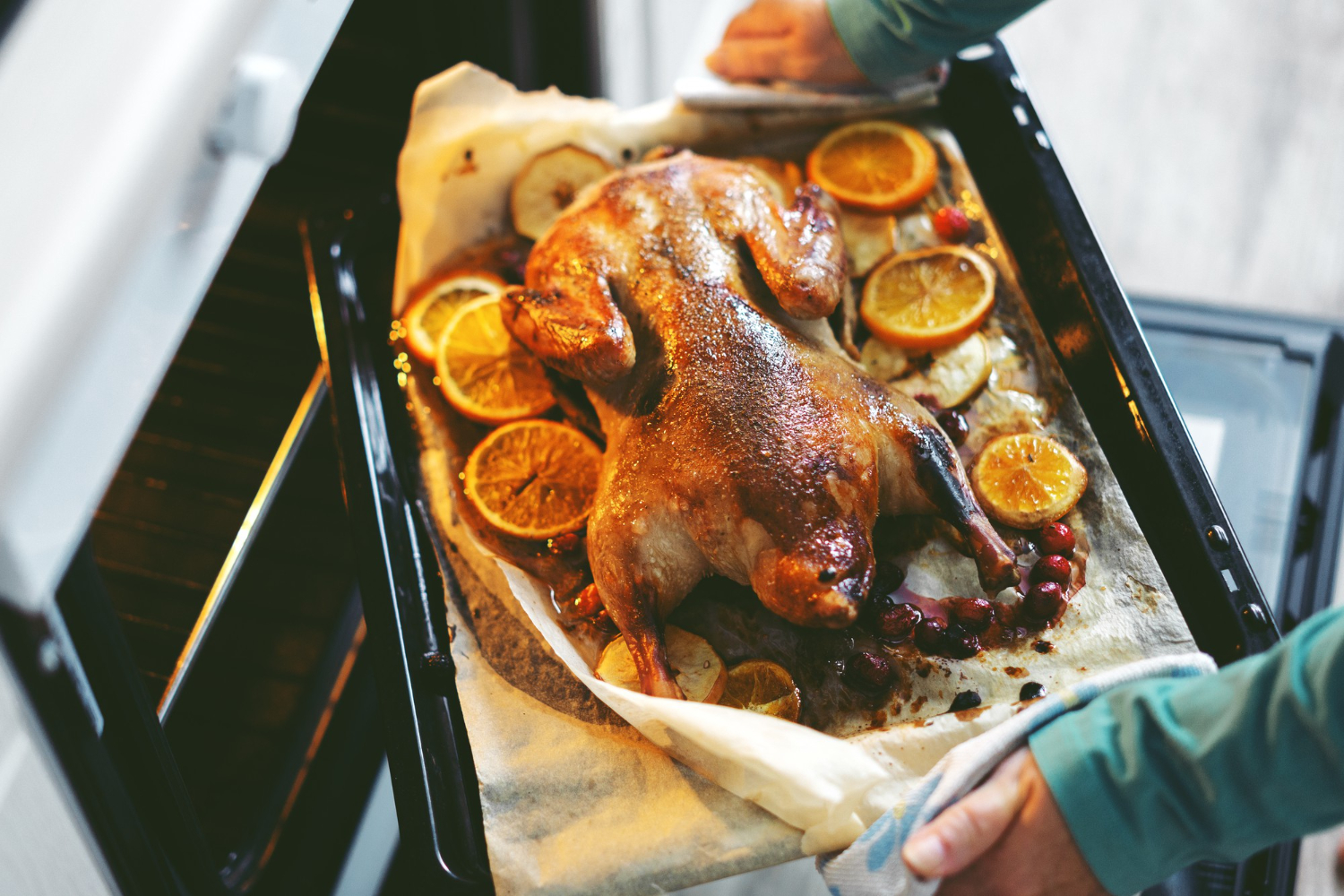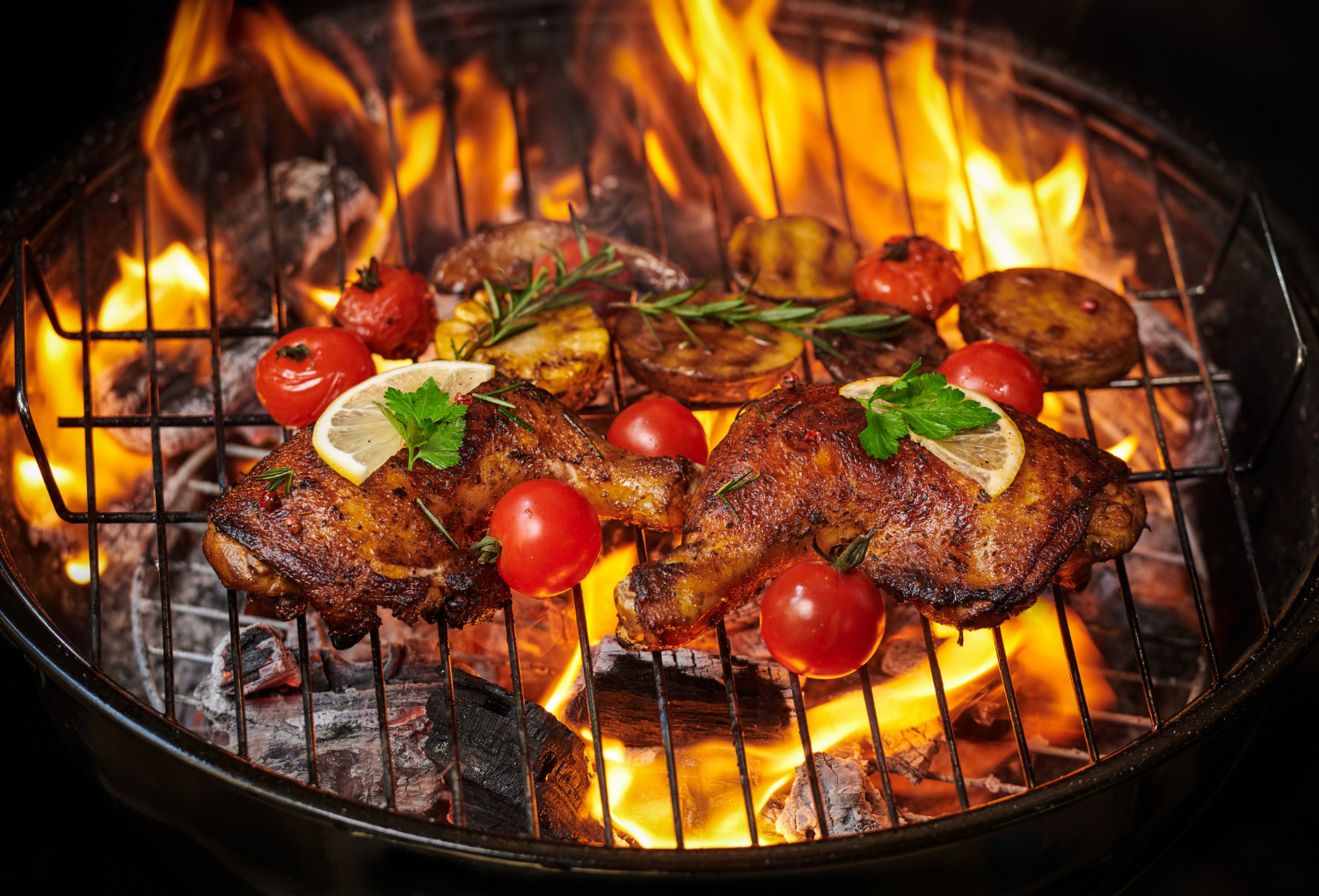The oven is a conventional kitchen equipment that is not only limited to baking—since it can also be used for roasting and broiling purposes. For people with minimal knowledge about cooking terms, it may appear not very comforting. Good thing; you can have a clearer view of what your oven can offer without mixing it.
Technically, baking is a cooking method wherein you allow your food to be left uncovered throughout the dry heat. The dry heat “circulates” with the cool air, creating convection inside your oven. Convection is essential since it distributes the dry, hot air throughout the parts of the area.
Once you’ve introduced moisture, lids and foils, and rack adjustment—you are already creating a different cooking method inside your oven. Covering your bakeware with lids or foils will trap moisture inside your cookware. Adjusting your rack on the top heat or the bottom heat will affect the texture of your baking.
Is Roasting the Same as Baking or Broiling?
Different cooking methods evolved through time because of changes in the heat source, moisture, and temperature. While baking, broiling, and roasting can be all done inside a single oven—these cooking methods have their differences. These cooking techniques can actually be used interchangeably because of the alteration of flavors, texture, and profile.
Understanding the capacity of your cooking equipment is the key to unlock endless possibilities to cook and prepare your food. Like baking, roasting is created by exposing your food through an open fire. The slight difference between roasting to broiling is that roasted products are commonly placed near the heat source.
With this in mind, you can compare roasting with baking and broiling through this quick comparative approach:
- Roasting versus baking: Unlike baking, roasting is done with a nearer heat source. This will allow for the dry air that touches the hot embers of your oven to hit your food at the most relative pace. Another more apparent difference is the cooking time. Roasting can last for hours, while baking can only be done within an hour.
- Roasting versus broiling: Broiling can be done inside an oven with a separate broiler setting. This is because broiling your food requires a direct placement of the food on the heat source, which is approximately different from roasting in rack placement.
- Roasting can be considered as the “in-between cooking method” of baking and broiling. It combines the two cooking methods—but with a slower, more extended cooking hour. This method allows the food to be simmered until it releases its essence and oils.
Is Baking and Roasting the Same Thing?
Baking and roasting are two cooking techniques that use the dry heat of a convection oven. These two are healthy cooking options since it strips away excess fat that contains terrible cholesterol. You can use it interchangeably with different cooking methods such as toasting, roasting, and stir-frying to produce a complex flavor profile—making your eating much pleasurable.
While these two are both considered under the dry heat method of cooking, they still have noticeable differences. Each cooking method yields different results and can work best depending on the food you are preparing. Baking is done by surrounding your food in hot air, while roasting can be done by prolonging your baked good inside your cooking equipment.
The gaps around the oven and the baked good allow the air to circulate on a regulated basis. When baking, controlled heat circulation is the key to cooking your delicate pastries without overcooking them. Baked goods like cakes, muffins, and pastries require a balanced mix of hot and cold air on all sides of the pan to bake the food until the center.
On the other hand, roasting is made by flashing your food at a high temperature. This will quickly brown the skin of your baked product—or a crispy exterior. As soon as it reaches that stage, you will slowly reduce the temperature to allow your food to be cooked for a lengthier time.
When To Use Roasting, Baking and Broiling?
As mentioned earlier, identifying different cooking methods inside your oven will allow you to access a wider possibility of elevating your food’s flavor, texture, and aroma. While you can do roasting, broiling, and baking inside the oven, you might consider these recommendations. Listed below is an overview of your suggested cooking method:
When to use baking?

Baking uses dry heat from both of the heating elements of your oven. The balanced distribution of heat from the bottom and top rack allows the food to create a brown, crispy exterior with a supple interior.
It is recommended to use when you have a liquid mixture or don’t have enough solidity. Examples of baked goods produced through baking are cakes, bread, tarts, and muffins.
When to use broiling?

Broiling is a cooking method that also uses dry heat, just like baking and grilling. The difference is, broiling focuses its heat source above your food rather than below. It can also reach temperatures about 550ºF (260ºC) to produce a quick, efficient sear to your food.
This cooking method works well with foods with the right amount of thickness since it quickly sears your food rather than slowly infusing heat to your food to cook it through. Broiling also works as a finishing method to provide crisp or melt to your pre-cooked dishes.
When to use roasting?

Just like baking, roasting also uses both the heat source to cook your food well. However, it has a tad bit of increase in temperature compared to baking—but not as hot as broiling offers. Roasting also involves the longest cooking time compared to the other cooking methods done inside an oven.
Roasting is suggested for complex proteins like meat, poultry, and wild games since it has compressed protein binds—and it requires time to cook thoroughly. Roasting protein is recommended since it will break it down enough to be cooked through without the risk of drying the meat.

